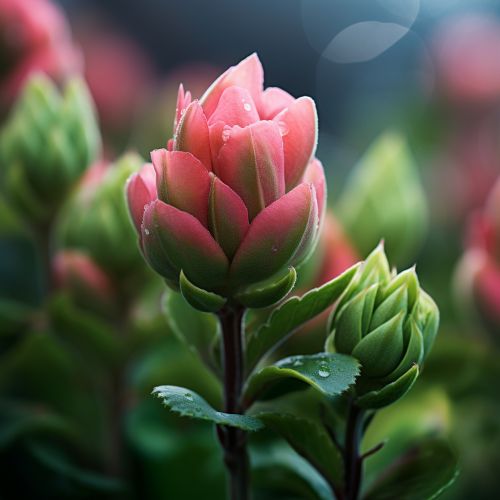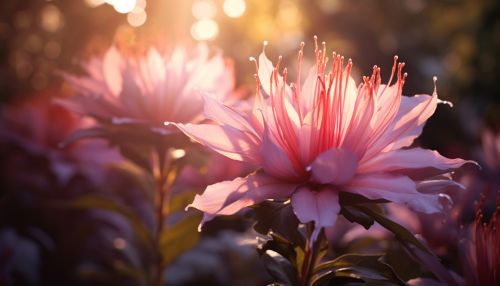Photoperiodism
Introduction
Photoperiodism is a biological response of organisms to the length of day or night. It is a fundamental aspect of chronobiology, affecting a wide range of organisms from plants to animals. The concept of photoperiodism was first postulated by the American botanist W. W. Garner and his collaborator H. A. Allard in 1920, who observed that certain plants flowered only when the light period of a day was above or below a certain threshold.
Mechanism of Photoperiodism
Photoperiodism is controlled by the biological clock, which is reset daily by the light-dark cycle. The circadian rhythm, an internal process that regulates the sleep-wake cycle and repeats roughly every 24 hours, plays a critical role in photoperiodism. The biological clock controls the production of a protein called CONSTANS (CO) in plants. The CO protein is a key regulator of flowering time and is produced in a rhythmic manner, with levels peaking during the day.


Photoperiodism in Plants
In plants, photoperiodism regulates critical processes such as flowering, seed germination, and dormancy. Plants are categorized into three types based on their photoperiodic response: short-day plants, long-day plants, and day-neutral plants.
Short-Day Plants
Short-day plants, such as soybeans and rice, require a night period longer than a critical length to induce flowering. These plants typically flower in late summer, fall, or winter when the night length is long.
Long-Day Plants
Long-day plants, including species like wheat and lettuce, flower when the night period is shorter than a certain duration. These plants usually flower in late spring or early summer when the length of daylight is increasing.
Day-Neutral Plants
Day-neutral plants, such as tomatoes and corn, are not influenced by the length of day or night. Instead, they flower based on the plant's maturity or age.
Photoperiodism in Animals
In animals, photoperiodism affects various physiological and behavioral processes, including reproduction, migration, and hibernation. The pineal gland in the brain plays a crucial role in animal photoperiodism by secreting the hormone melatonin in response to darkness.
Reproduction
In many species, reproduction is closely tied to photoperiodism. For instance, in sheep, the breeding season is triggered by decreasing day length, which stimulates the production of reproductive hormones.
Migration
Photoperiodism also influences the timing of migration in many bird species. As the days lengthen in spring, birds are stimulated to migrate to their breeding grounds. Conversely, as the days shorten in fall, they return to their wintering grounds.
Hibernation
The onset of hibernation in many mammals is also influenced by photoperiodism. As the days shorten and temperatures drop, animals like bears and ground squirrels prepare for winter hibernation.
Photoperiodism and Agriculture
Understanding photoperiodism is crucial in agriculture, as it can help optimize crop yields. By manipulating the light environment, farmers can control the flowering time of crops and thereby improve productivity. For instance, in greenhouse cultivation, artificial lighting is often used to extend the day length and promote flowering in long-day plants.
